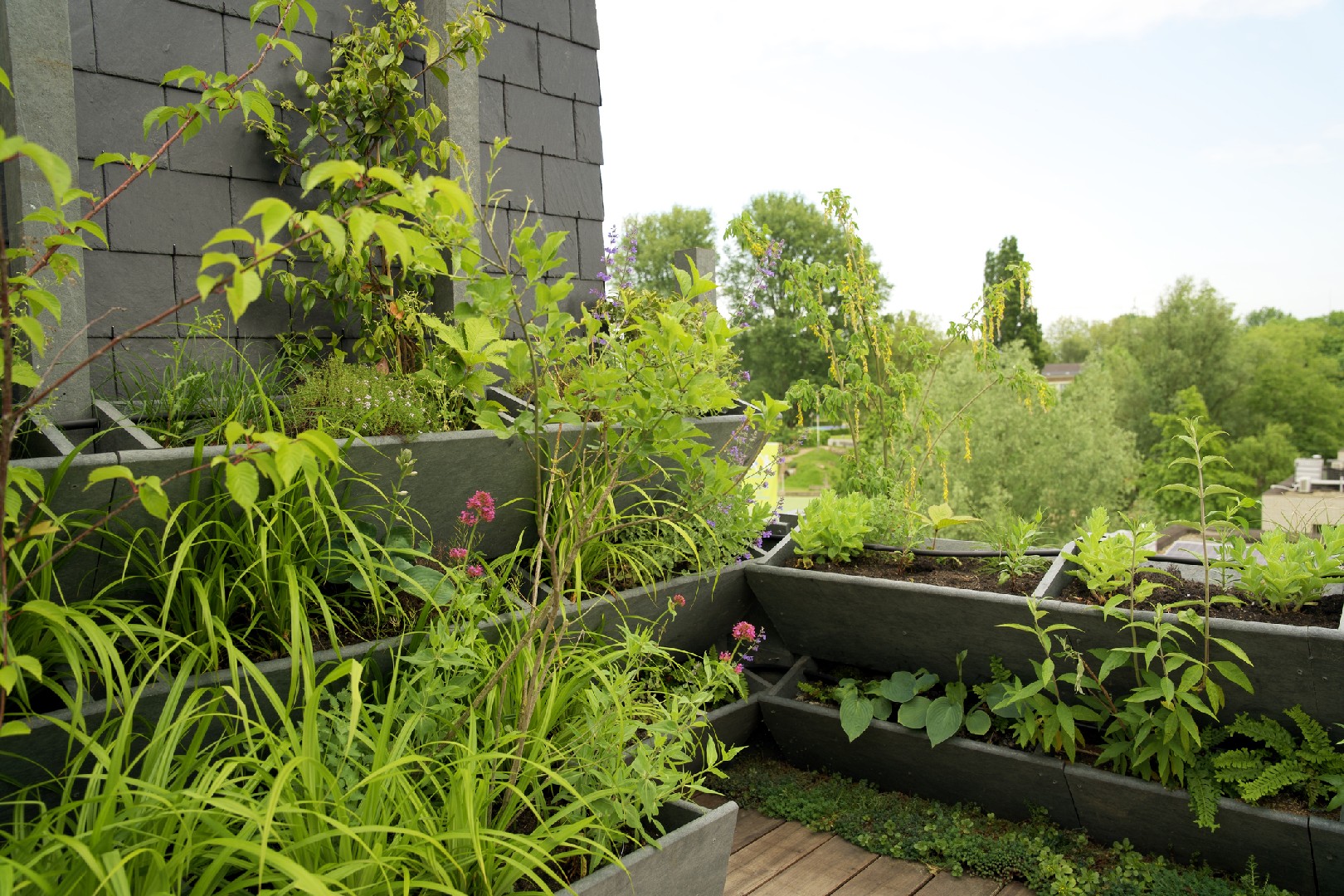![Rectangle]()
The Blueprint: Designing a Rooftop Garden
Designing a stunning rooftop garden requires careful planning and consideration. In this section, we will explore the essential steps and knowledge needed to create a rooftop oasis that will inspire and delight.
The first step in designing a rooftop garden is to identify the feasibility of the space for gardening purposes. Assessing factors such as weight capacity, access to sunlight, and wind direction is crucial in determining if your rooftop is suitable for a garden. Consult with a structural engineer or a professional gardener to ensure that your rooftop can support the weight of a garden and has the necessary infrastructure to handle drainage and irrigation systems.
Once you have determined the feasibility of your rooftop, strategic planning and design come into play. Consider the unique characteristics of your rooftop, such as its size, shape, and elevation. These factors will guide the layout and organization of your garden. Create zones based on different functions, such as a seating area, a vegetable patch, or a flower garden. This will maximize the usability of your rooftop and create a sense of coherence and balance.
When it comes to choosing plants for your rooftop garden, diversity is key. Select a variety of plants that thrive in different conditions, considering factors such as sunlight exposure and water requirements. Introduce a mix of perennials, annuals, and ornamental grasses to create visual interest and ensure year-round color and texture. Consider vertical gardening techniques, such as trellises or hanging baskets, to maximize space and add visual depth to your garden.
To add a touch of personality and charm to your rooftop garden, incorporate ornaments and structures. Install a pergola or a gazebo to create a shaded seating area where you can relax and enjoy the stunning views. Decorative elements such as fountains, statues, and wind chimes can also enhance the ambiance of your rooftop oasis. Additionally, consider adding lighting fixtures to extend the usability of your garden into the evening hours.
It's also important to keep in mind the maintenance requirements of your rooftop garden. Regularly monitor the condition of your plants and address any issues promptly. Water your plants as needed and provide appropriate fertilization. Prune and trim plants to maintain their shape and promote healthy growth. Consider incorporating sustainable gardening practices, such as composting and using organic pesticides, to minimize environmental impact.
In conclusion, designing a stunning rooftop garden requires careful planning, knowledge of suitable plants, and attention to detail. By following the blueprint outlined in this section, you can create a rooftop oasis that will inspire and delight. Remember to assess the feasibility of your rooftop, strategically plan and design your garden, introduce diversity in your plant selection, and add personal touches with ornaments and structures. With proper maintenance and care, your rooftop garden will flourish and become a breathtaking sanctuary in the sky.





